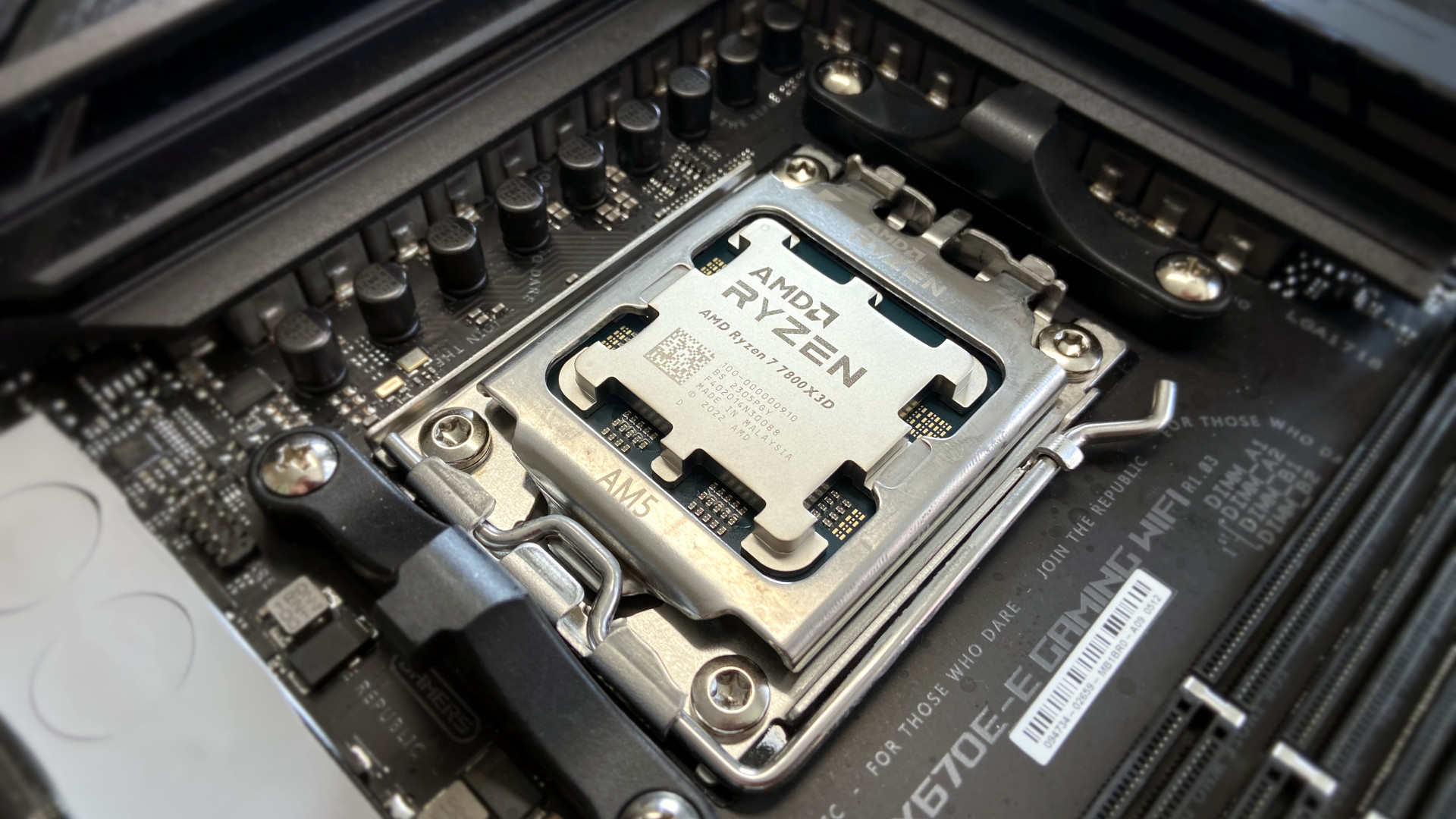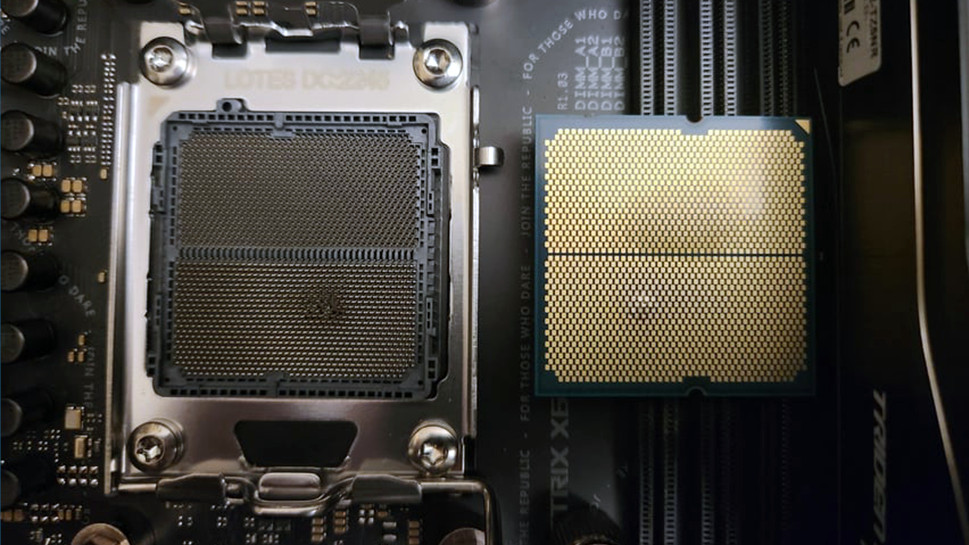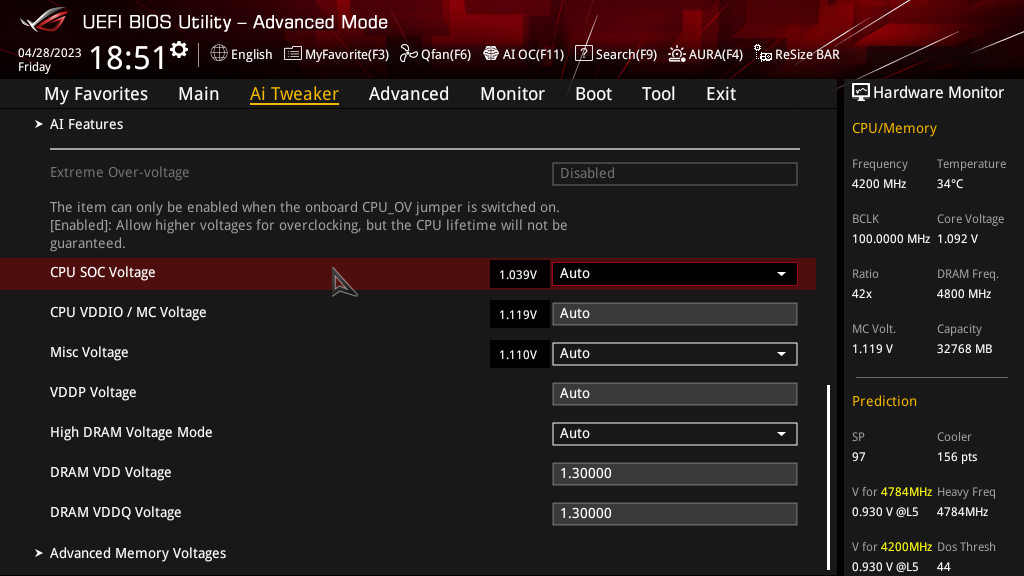If you’ve ever built a custom PC or even picked up a pre-built gaming desktop, you’ll likely have seen memory listed with long names and numbers. Those DDR5 RAM kits (opens in new tab) boasting 6,000MT/s sound fantastic, don’t they? Such a high number! Surely with that much speed, you could run at LEAST two Chromium tabs at once.
The problem is, to unlock the performance advertised on practically every module of RAM out there, the memory needs to be overclocked.
Wait, overclocking? That’s nothing any novice user wants to risk fiddling with, right? It carries the inherent risk of overheating and damaging components unless you’re confident with your chosen CPU cooler.
Given how many motherboards and desktop companion apps offer specific voltage and clock speed control, you’d be forgiven for mistaking Intel’s XMP profiles or AMD’s EXPO equivalents as something separate from the CPU/GPU overclocking scene. This isn’t even a new issue, but it creeps back into the custom PC community every time something disastrous happens with new components, and it’s happening again.
Battle-ready hardware is surrendering

A recent trend saw a rise of unsettling reports from users on social media that their AMD Ryzen 7800X3D-series CPUs were burning up and destroying motherboards, with one ASUS board, in particular, standing out as the model I use in my benchmarking machine. Rad. This is no budget-end board, by the way. The ASUS ROG Strix X670E-E Gaming Wi-Fi retails for around $500 MSRP and boasts some of the most robust power management, ready for enthusiasts to put their components through extreme tuning.
AMD Ryzen 7000 Burning Out: Root Cause Identified, EXPO and SoC Voltages to Blame https://t.co/hRad280c3j pic.twitter.com/zauCzs8EV2April 25, 2023
But what do pre-approved DOCP (direct over-clock profile) presets have to do with high-end CPUs bulging and bursting at sweltering temperatures? Naturally, everything plugged into your motherboard is connected, and the Ryzen CPUs seemed to be exhibiting the brunt of the damage around its memory controller. Tom’s Hardware contacted multiple sources to identify EXPO and SoC Voltages as the root cause, with the elevated voltages effectively destroying thermal sensors leading to the CPUs cooking themselves to death. Performance seems fine on my machine, but who knows if its overall lifespan was affected.
Who takes the blame?

Since the voltage increase with XMP/EXPO profiles can affect the memory controller’s stability within your processor, it can be a common question when you’re quizzed by tech support over the phone or during live chats. Technically there’s no real trace of RAM overclocking being the root cause, especially if you’re only sending a CPU back to the manufacturer for RMA (return merchandise authorization) since they’ll never see your motherboard.
Users sharing their (CPU warranty) stories have a common link: they never mention XMP/EXPO or feign ignorance when asked by tech support.
Even if you were asking for a pre-built gaming PC tower to be diagnosed, it’s unlikely that memory overclocking would prevent you from taking advantage of your CPUs warranty through your vendor’s coverage. Although it’s technically against the rules, plenty of examples of consumers avoiding the issue for years have circulated on social media. Users sharing their stories across Reddit and YouTube tend to have one common link: they never mentioned it or feign ignorance when asked.
Update your BIOS and watch your voltages

Since the Ryzen 7000-series controversy became such a hot topic, I’ve updated my ASUS motherboard with each BIOS release they provide. That’s five updates so far (opens in new tab). Five times I’ve had to endure memory training, fan curve resets, and re-enabling DOCP memory profiles with my fingers firmly crossed. Building a high-end PC is becoming much less of a thrill than it used to be, filling me with more nervous energy than ever.
It’s getting harder to recommend the high-end parts to nervous newcomers in the custom PC building scene, with fancy VRMs and other extras supposedly in place to protect overclockers from accidental voltage-related mishaps proving almost worthless. On top of all this, many are still surprised to learn that enabling Intel XMP or AMD EXPO profiles to match the advertised speeds on their new RAM technically voids their CPU warranty.
The trick is: don’t tell them. If you’re calling a CPU manufacturer to report a busted processor still in its warranty period, avoid the topic of XMP and EXPO altogether. Feedback from the custom PC community implies they likely won’t push you on it, anyway.




